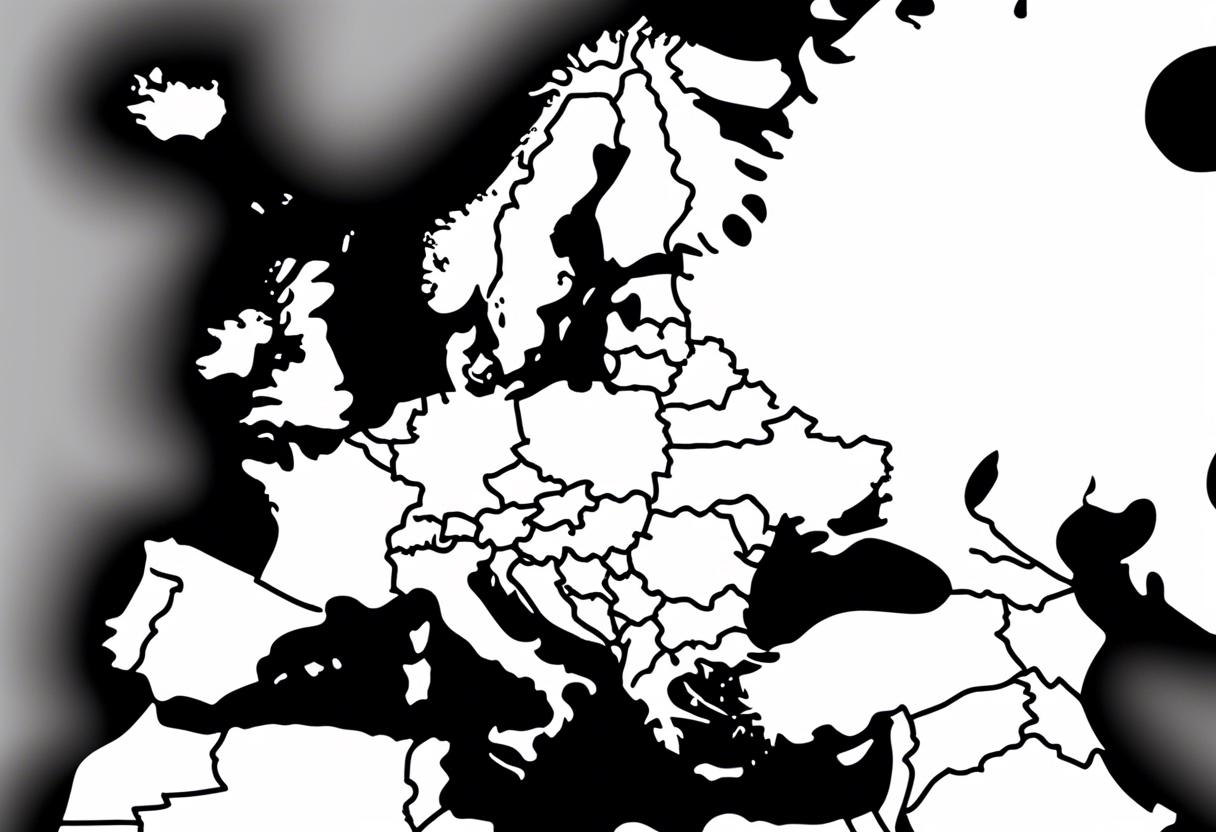Last year, Ireland was among just four European nations to encounter substantial challenges, including fatalities, resulting from the abuse of ‘synthetic heroin’. A rising anxiety exists that the problem could intensify as the global availability of heroin is expected to decrease in the coming year due to the Taliban’s restrictions on opium farming in Afghanistan.
Senior law enforcement officials in Ireland, including the Commissioner of the Garda, Drew Harris, have voiced their apprehensions about the possible emergence of a synthetic drug culture, once sourcing heroin becomes a challenge, with potentially catastrophic outcomes.
A recent study, encompassing Europe, on drug trafficking across the continent revealed that a considerable proportion of overdose deaths in Estonia and Latvia were attributed to Nitazenes (synthetic heroin) last year. The European Drug Report 2024 stated, “In 2023, there were reports of isolated poisoning incidents in both Ireland and France. Nitazenes were incorrectly sold as heroin in Ireland, leading to numerous overdoses; they were also associated with incidents in two prisons in 2024.”
The data, compiled by the European Monitoring Centre for Drugs and Drug Addiction (EMCDDA), indicates that the Republic witnessed higher drug-related death rates compared to the rest of Europe. However, each European country has its unique procedure for recording and classifying deaths caused by drugs.
Despite this, the report documents 322 drug-caused fatalities in Ireland in 2020, equating to 97 deaths per million individuals, a rate four times higher compared to the European mean of 22.5 deaths. Following Ireland, Estonia experienced 95 drug-induced deaths per million people, followed by Norway with 86 deaths.
In the Republic, both the Garda and public health bodies are displaying deep concern that synthetic opioids may gain popularity swiftly in Ireland. This could potentially lead to an emergence of overdose trends akin to those in the United States fuelled by the synthetic opioid fentanyl.
Sharing his insight earlier this year, Assistant Commissioner Justin Kelly, in charge of all Garda units countering serious and organised crime, surmised that synthetic opioids such as fentanyl would likely “step in to fill the void” when the deficit of heroin fully impacts Ireland. Contrary to the vast farming infrastructure needed to cultivate crops for heroin and cocaine production, synthetic opioids can be synthesised in urban environments within makeshift labs, underscoring their potential for proliferation.
The European Union drug report signals a recurring concern about the drastic influence of the Taliban’s elimination initiative on Europe’s drug patterns in the immediate future. The report highlights a presumed reduction of 95 per cent in opium farming in Afghanistan during the previous year.
Nonetheless, the European Monitoring Centre for Drugs and Drug Addiction (EMCDDA) mentions an escalating trend in heroin production in Myanmar, which has traditionally been a significant provider of opium and heroin, though generally not for European markets. The report suggests that Myanmar could potentially take Afghanistan’s place as a major supplier in the global heroin business, though it doesn’t foresee this happening in the immediate future.

